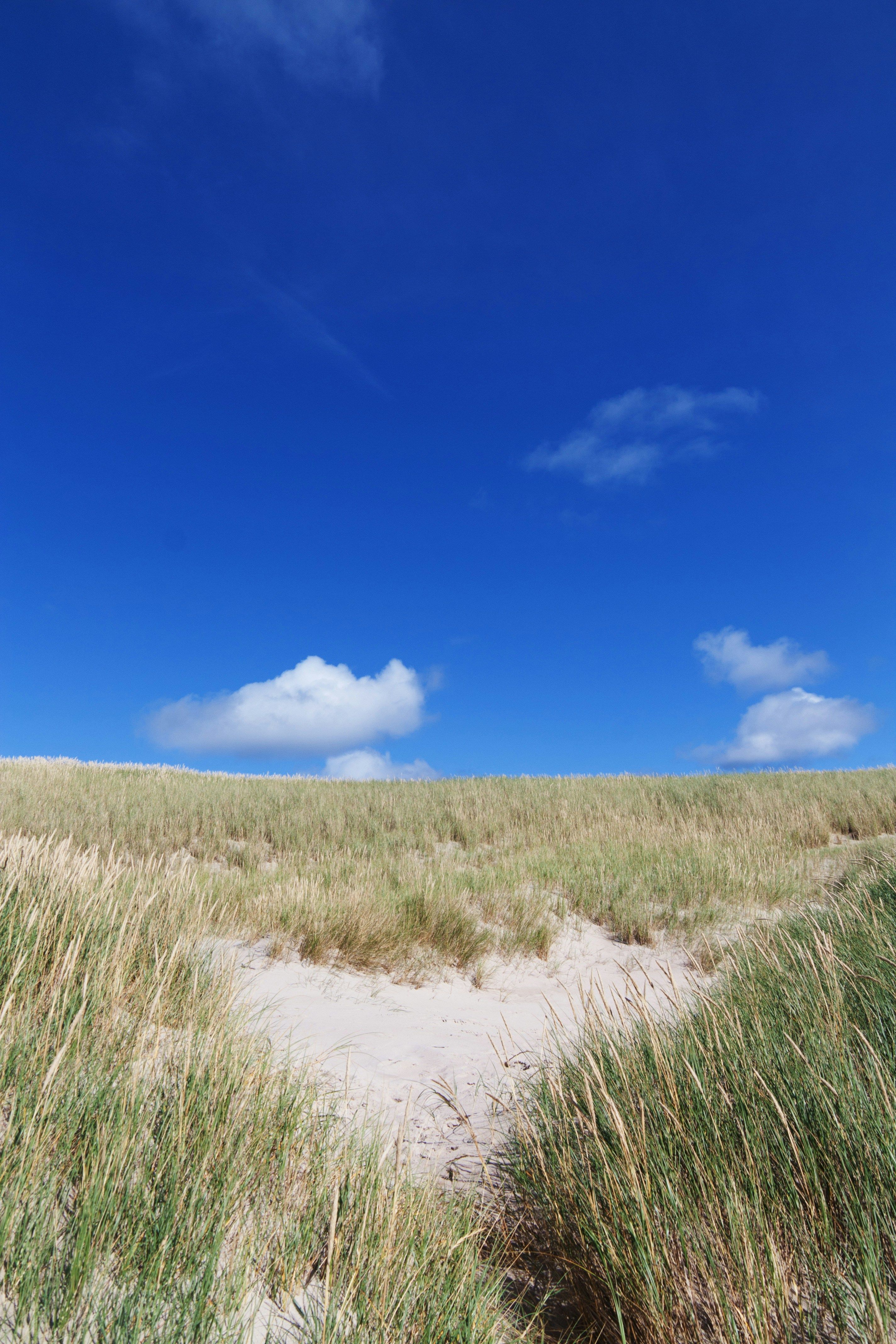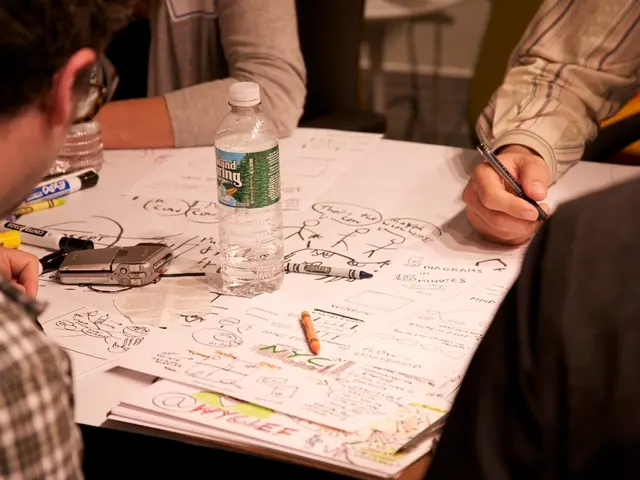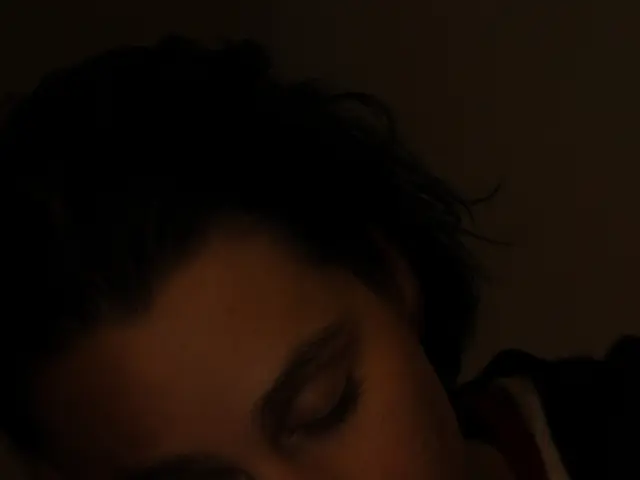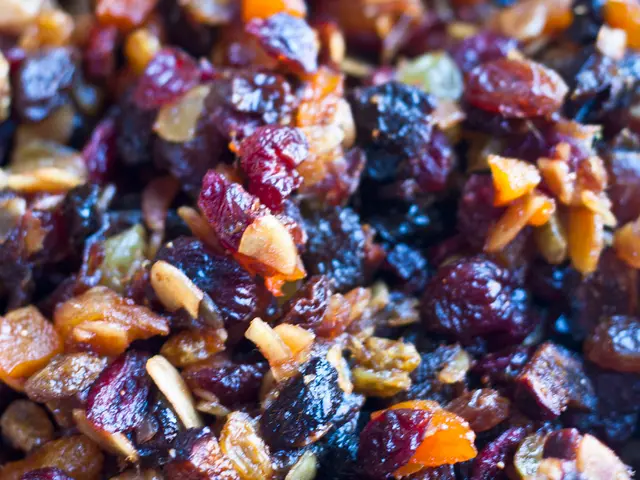Heat Water Continuously Without Formation of Bubbles
In a groundbreaking discovery, a team of Australian and international researchers, led by Neelesh A. Patankar from Northwestern University's McCormick School of Engineering, has challenged a centuries-old belief about boiling water. The team has successfully demonstrated a method to achieve boiling without bubble formation, using a technique that relies on the Leidenfrost effect.
The breakthrough, published in Nature in September 2012 and further refined through ongoing research, involves engineering a surface texture and chemistry that stabilizes a vapor layer between a heated surface and water. This prevents the typical bubble nucleation during boiling.
To achieve this, the researchers coated tiny steel spheres with a hydrophobic nanoparticle-based spray, creating a textured surface of microscopic peaks and valleys. When heated to 400°C and submerged in room-temperature water, vapor formed and remained trapped in the valleys, maintaining a stable vapor film even as the spheres cooled to their boiling temperature. This prevented the vapor film collapse that normally triggers bubble formation, allowing water to boil silently without bubbles.
The findings of this research have significant implications across various industries. By preventing bubble formation, the new boiling method could reduce surface damage and explosions in industrial boiling processes, enhance heat transfer efficiency in cooling systems, and reduce drag on marine vessels. Moreover, it could inspire novel anti-frost coatings and expand the temperature range and stability of the Leidenfrost vapor film, opening new avenues for thermal management in aerospace and power generation.
Further research led by Kyoo-Chul Kenneth Park at Northwestern University has developed leaf-inspired textured surfaces combined with graphene oxide layers that prevent frost formation entirely for extended periods. These innovations collectively represent a paradigm shift in managing boiling and freezing processes by harnessing and stabilizing vapor films at the micro- and nanoscale.
Sources:Northwestern University, "Boiling Water Without Bubbles", 2012.Patankar et al., Nature, 2012.ScienceDaily, "Farewell Frost! New Surface Prevents Frost Without Heat", 2025.PNAS, "Thermo-wetting Instability Driving Leidenfrost Film Collapse", 2020.Nature, "High-speed X-ray Imaging of the Leidenfrost Collapse", 2018.SciPlasma, "Leidenfrost Effect in Plasma Coatings", 2024.ScienceDaily, "Breakthrough Discovery Uses Engineered Surfaces to Shed Heat", 2024.
The Leidenfrost effect is a phenomenon that occurs when a liquid droplet is placed on a surface significantly hotter than its boiling point, causing it to levitate on a thin insulating vapor layer formed by its own evaporation rather than boiling through direct contact. This vapor film prevents bubble formation, resulting in reduced heat transfer and slower evaporation compared to conventional boiling. By precisely maintaining surface temperature and conditions, one can keep water droplets in this Leidenfrost state to achieve vaporization without the chaotic bubble formation characteristic of normal boiling.
The insulating vapor layer could be beneficial for advanced cooling systems, heat exchanger designs, microfluidics and lab-on-chip devices, cryogenics, materials processing, and surface treatments. By leveraging the Leidenfrost effect, industries can evaporate water or other liquids without disruptive bubble formation, enabling gentler, more controlled thermal processes and advancing several technologies in thermal management, fluidics, and material science.
- The groundbreaking discovery in science, published in Nature in 2012, has open new avenues for health-and-wellness treatments, as the method to achieve boiling without bubble formation could potentially reduce heat-related damage to sensitive biological tissues during heating processes.
- The research on Leidenfrost effect, particularly the development of leaf-inspired textured surfaces combined with graphene oxide layers that prevent frost formation entirely for extended periods, could lead to significant advancements in therapies-and-treatments, such as anti-frost coatings for medical equipment that maintain their functionality in low-temperature environments.




